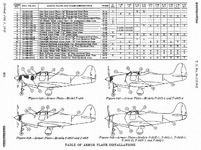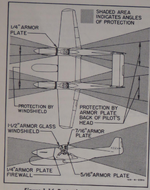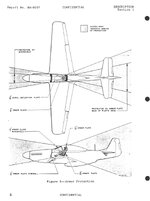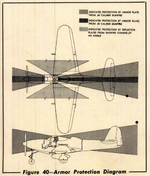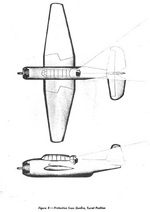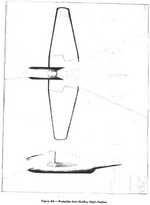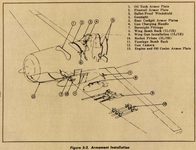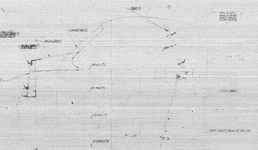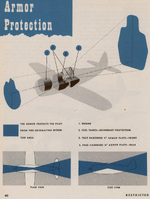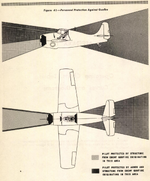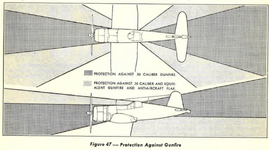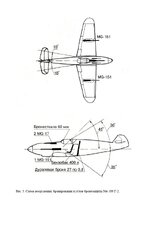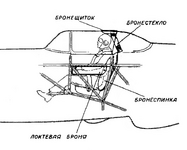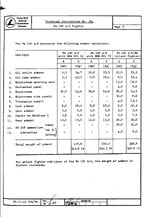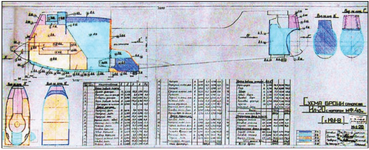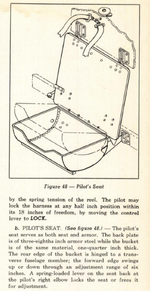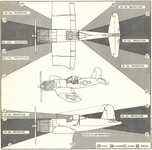- Thread starter
- #21
Deleted member 68059
Staff Sergeant
- 1,056
- Dec 28, 2015
I see you have never looked at any diagrams of where the plating IS on an aircraft then.The purpose of armor is to keep the aircraft in the air, not to protect the pilot. If I put the pilot in a box of battleship armor, but have completely unprotected fuel tanks, my design is not very good.
You cannot fully plate fuel tanks as they cover such a large area the weight would be gigantic, which is why people use self sealing tanks.
The schematic below is typical for nearly all WW2 fighters, you may get some plating to cover the cannon shell magazines
or oil tanks too but that's it. The shell magazines being protected to stop them exploding and hurting the PILOT.
The P-38 also has armour around the INSIDE edge only of the exhaust turbocharger turbines, so that if the turbine
looses any blades they dont fly off and hit the PILOT.

